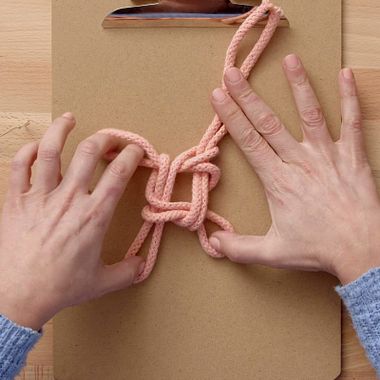
Fill Your Ceramics With Color With This Simple Marbling Technique
Paula Casella Biase, potter and founder of Bambucito, shows us how to marble our pieces quickly and easily The creation and personalization of ceramic pieces goes beyond modeling, although this is an essential part. The shape of the piece is completed with the decoration that we want to apply, and the use of glazing techniques usually contributes to a much more attractive and unique finish. One of the simplest glazing techniques is marbling, with which we can use a few colours and some heat to create more interesting work. To help you learn to apply marbling, ceramicist Paula Casella Biase (@paulacasellabiase) explains her technique in the video below:






























